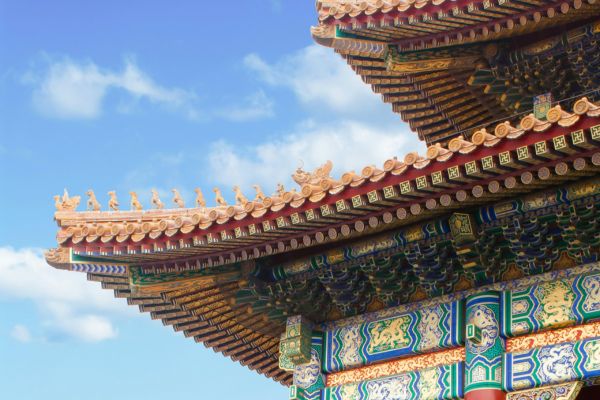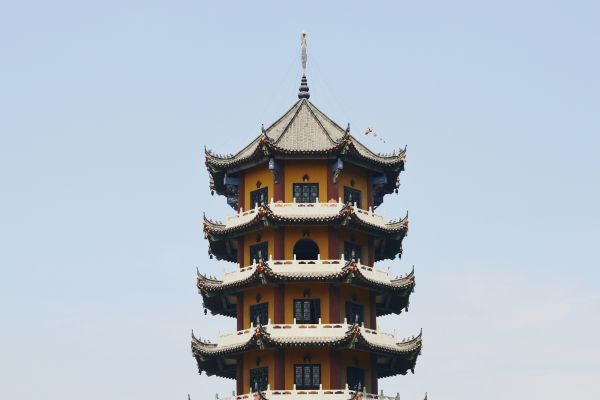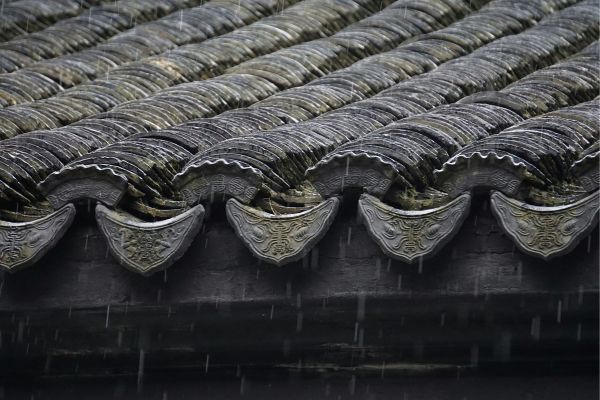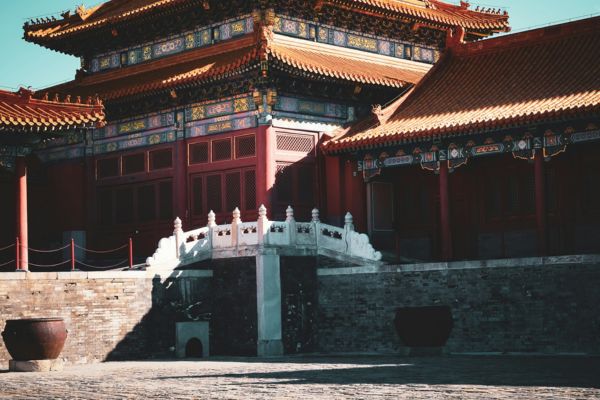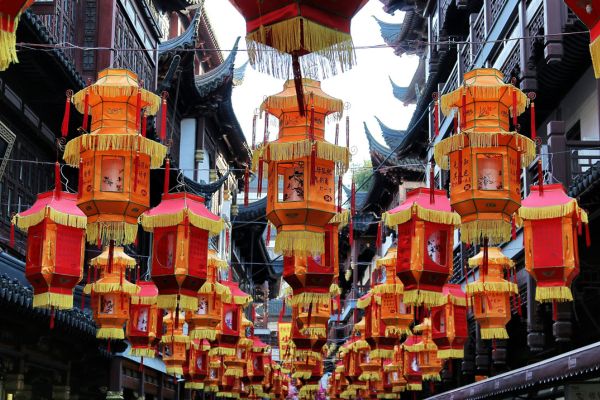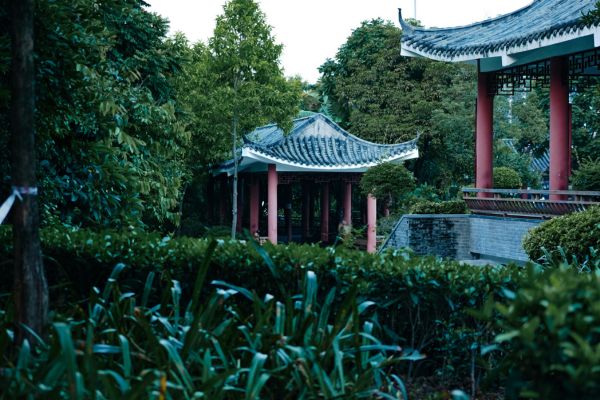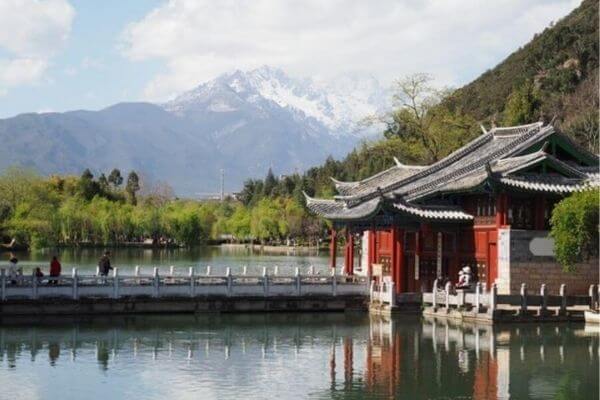
China’s current judge system began to take shape after the end of the Cultural Revolution (1978), and the judicial reform initiated in 2014 has accelerated its evolution.
Two judges of China’s Supreme People's Court (SPC) Lin Wenxue (林文学) and Zhang Lei (张磊) published an article entitled “Development and Expectation of the Judge Administration System in China for 40 years Since the Reform and Opening-up” (改革开放40年来我国法官管理制度的发展与展望) in “People's Judicature” (人民司法) (No.34, 2018), summarizing the development process of China's court system after 1978.
I. Qualification requirement for judges
1. 1978-1995
Back then, there was no difference between Chinese judges and civil servants of administrative organs, neither was any special expertise required for the judicial positions. In other words, anyone could serve as a judge. In fact, during this period, judges came from four main groups: law school graduates, military veterans, staff who joined the courts from the administrative organs, and high school graduates recruited by the courts.
2. 1995-2002
PRC Judges Law was promulgated in 1995, confirming the professional qualification of judges, i.e. only those who have passed the qualification examination could serve as judges. To this end, the SPC held four examinations in the national court system to select qualified judges.
3. 2002-2012
After the revision of Judges Law in 2002, only those who passed the national judicial examination could serve as judges. In 2003, China held its first national judicial examination, and anyone who wanted to become a judge, prosecutor, or lawyer needed to pass it first.
4. After 2012
The SPC began planning a judicial reform in 2012 and launched it in 2014. As part of the judicial reform, the SPC established the judge quota system, in which only those who have obtained quotas of judges can hear cases, while those who have not can only serve as judicial assistants or administrative personnel in the court. Prior to this, anyone in the courts who had passed the judicial examination could become a judge and hear cases.
For a detailed discussion on the judge quota system, please see our earlier posts.
II. Performance assessment of judges
1. 1995-2008
The performance assessment mechanism for judges was established back in the Judges Law in 1995. Since then, Chinese judges have come under pressure of performance appraisals. The courts, for their part, have established internal commissions for examination and assessment of judges. The Judges Law in 2002 and the Law on Civil Servants (2007) both stipulate more detailed provisions on the performance assessment of judges.
2. 2008-2014
Since 2008, the SPC had begun to require that courts at all levels nationwide quantitatively assess the performance of judges and had gradually established unified assessment standards across the country.
3. After 2014
After 2014, the SPC started amending the quantitative assessment system. However, the system turned out to affect justice, because some judges tried too hard, sometimes their behavior patterns were even distorted, to meet the quantitative standards. For this reason, the SPC canceled the ranking of assessment results in the courts and merely retained a few quantitative indicators (e.g., whether the judge concludes the cases within the statutory trial period).
III. Occupational security for judges
1. Before 2014
Before 2014, although the Judges Law provided that the judges’ wages and retirement would be determined by separate rules. However, the rules had not been formulated. As a result, the benefits of judges were not guaranteed.
2. After 2014
As mentioned above, after 2014, Chinese courts have established the judge quota system, whereby only those who have obtained quotas can serve as judges. Since then, China has successively established mechanisms for the promotion of judges, wages, bonuses, independent trial, and personal protection for them.
However, there are still some inadequacies in the occupational security of judges. For instance, there is currently no mechanism to ensure that judges will not be arbitrarily transferred from their posts unless they do so voluntarily or for legal reasons. Also, no special mechanism has been established for the retirement of judges.
IV. Judicial discipline
1. Before 2014
Before 2014, Chinese courts had already established a judicial disciplinary mechanism since 1998, which included rules of professional conduct and disciplinary procedures. At that time, the supervision department of the court where the judge served would punish him/her for misconduct.
2. After 2014
After 2014, the SPC clarified that the high people's court in each province (instead of every court) had the power to discipline judges in that area, with its internal disciplinary committee to do so. This mechanism allows for the discipline of judges to be somewhat away from the influence of local authorities.
V. Our comments
When China's new round of judicial reform starts in 2019, the judge system will be one of the focal points of the reform. Therefore, changes in this field are very likely to occur over time. We will keep observing.
Contributors: Guodong Du 杜国栋
